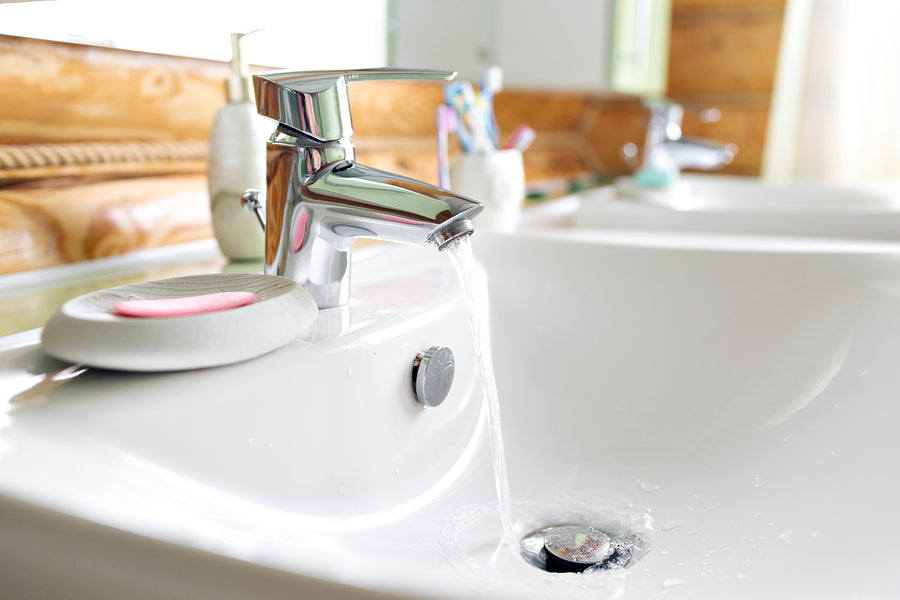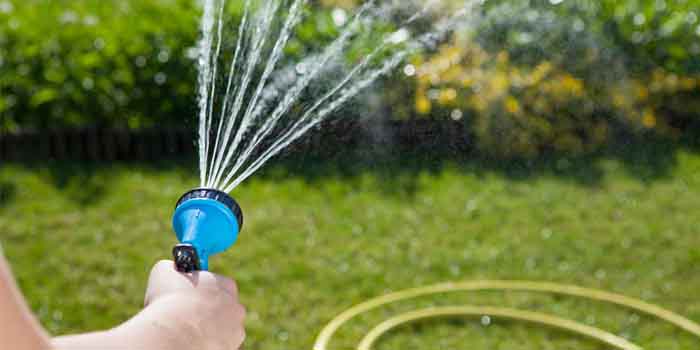
Low Flow Faucets Water Saving: Revolutionizing Efficiency
Share
In an era where technology is intertwined with everyday living, the significance of low flow faucets in water saving has become increasingly apparent. For tech professionals and enthusiasts, the integration of smart home technologies with eco-conscious solutions represents a fascinating frontier. By reducing water consumption without compromising performance, these faucets are a testament to the power of innovative engineering.
The concept of low flow faucets revolves around minimizing water usage by controlling the flow rate. This is achieved through advanced aerators and laminar flow devices that mix air with water, maintaining pressure while reducing overall volume. As water becomes a precious resource globally, the role of such innovations cannot be overstated.

The Technology Behind Low Flow Faucets
To appreciate the impact of low flow faucets, it's essential to dive into the technology that powers them. Typically, these faucets are equipped with aerators that limit flow to about 1.5 gallons per minute (GPM), compared to the standard 2.2 GPM. This reduction is achieved without sacrificing the user experience, thanks to precision engineering.
For the tech-savvy, the appeal lies in the combination of mechanical and smart technology. Some models integrate sensors and IoT capabilities, allowing users to monitor and adjust water usage through smartphone apps. This not only enhances convenience but also provides data-driven insights into water saving practices.
Environmental Impact and Benefits
Beyond the immediate benefits of reducing water bills, low flow faucets contribute significantly to environmental sustainability. By decreasing water usage, they help conserve natural resources and reduce the energy required for water heating and transportation. This has a cascading effect on reducing carbon emissions and promoting a more sustainable lifestyle.
Incorporating these faucets into smart homes aligns with broader initiatives to [reduce water waste](https://iottechnologies.io/blogs/our-latest-posts/reduce-water-waste) and enhance efficiency. For tech professionals, this represents an exciting opportunity to contribute to global efforts in water conservation.
The Role of Tech Professionals in Promoting Water Conservation
Tech professionals have a unique role in championing the adoption of low flow faucets. By leveraging their expertise in technology and innovation, they can advocate for solutions that integrate seamlessly with existing systems. This involves educating consumers on the benefits and encouraging businesses to prioritize eco-friendly options.
Additionally, tech enthusiasts can explore how water-saving technologies fit into broader smart home ecosystems. By doing so, they can help drive the development of new products and services that emphasize water conservation as a core principle.

Challenges and Future Prospects
Despite their advantages, the adoption of low flow faucets is not without challenges. Concerns about initial costs and installation complexity can deter some potential users. However, as technology advances and economies of scale are realized, these barriers are expected to diminish.
Looking ahead, the future of low flow faucets is promising. As [innovations in water conservation](https://iottechnologies.io/blogs/our-latest-posts/innovations-in-water-conservation) continue to evolve, we can expect more sophisticated designs that enhance functionality and user experience. This aligns with the growing trend of integrating AI and machine learning into home technologies, paving the way for smarter, more efficient homes.
Conclusion
The journey toward a sustainable future is paved with innovations like low flow faucets. For tech professionals and enthusiasts, these devices represent a harmonious blend of technology and environmental stewardship. By embracing such solutions, we can contribute to a more sustainable world, one drop at a time.
For more practical steps on how to save water, you can explore [this comprehensive guide](https://www.constellation.com/energy-101/water-conservation-tips0.html).
FAQs
-
How do low flow faucets save water?
Low flow faucets save water by utilizing aerators that mix air with water to maintain pressure while reducing the flow rate, resulting in less water usage overall.
-
Are low flow faucets expensive to install?
While the initial cost can be higher than traditional faucets, the long-term savings on water bills and environmental benefits make them a worthwhile investment.
-
Can low flow faucets be integrated into smart home systems?
Yes, many low flow faucets now come with IoT capabilities, allowing for integration with smart home systems to monitor and control water usage.
